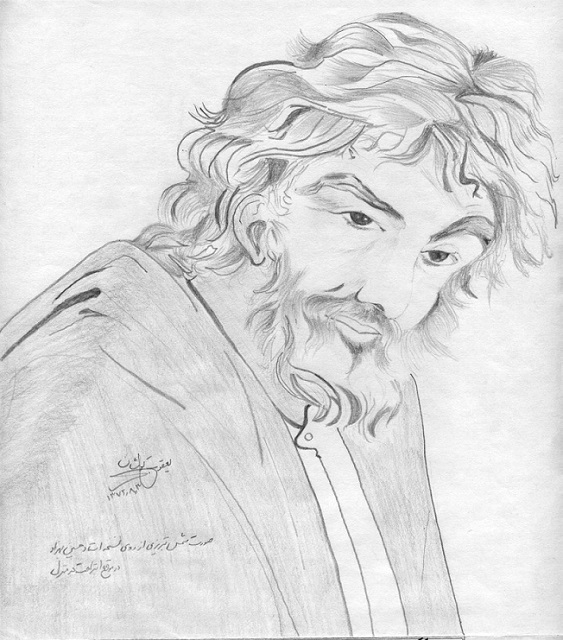


The verses by the famed Sufi master Jalal al-Din Rumi (d.1273) identify God as an artist or image-maker and the spiritual realm as a marvelous carpet (farsh), spread open by the all-powerful and all-knowing Carpet-Spreader (farrash). Images of weaving, carpets, and textiles abound in medieval Sufi mystical poetry, especially Sufi mystical poetry. We are fortunate to be co-travelers along his journey. Ahmeds works are sites of his own cultural geography, a tapestry of cultural and political history, language, spiritual values, and art. Ahmed himself she suggests can be described as a cultural iconoclast who willfully breaks down established forms and boundaries. In her essay about the works Fahmida Suleman evokes Rumis poem where he likens the entire universe and all that it contains to a carpet created by the divine Carpet-Spreader. Finally, one of the etymologies of the word Azerbaijan is the Land Protected by Holy Fire, as it relates to the ancient Zoroastrian religion established in the region centuries ago.Īrtists works are conceived with complex layers of historical, literary, mystical, and craft associations. The ancient Greek word for fire is pyr (πυρ), whereas the word pir in Persian, Turkish, and Arabic means elder or spiritual guide in Sufism, connecting to the three poet-scholars associated with Faigs artworks. His title of this exhibition, Pir, encapsulates the multidimensional nature of his work.

The three large carpet works in the exhibitions are titled after poets and spiritual masters whose works had a great influence in the cultural history of Azerbaijan: Shams Tabrizi, Yahya al-Shirvani al-Bakuvi, and Nizami Ganjavi. The exhibition features three large scale new textile works as well as a video work by the artist. Sapar Contemporary opened Faig Ahmed: PIR, the gallerys second solo exhibition of work by Azerbaijani artist Faig Ahmed.


 0 kommentar(er)
0 kommentar(er)
